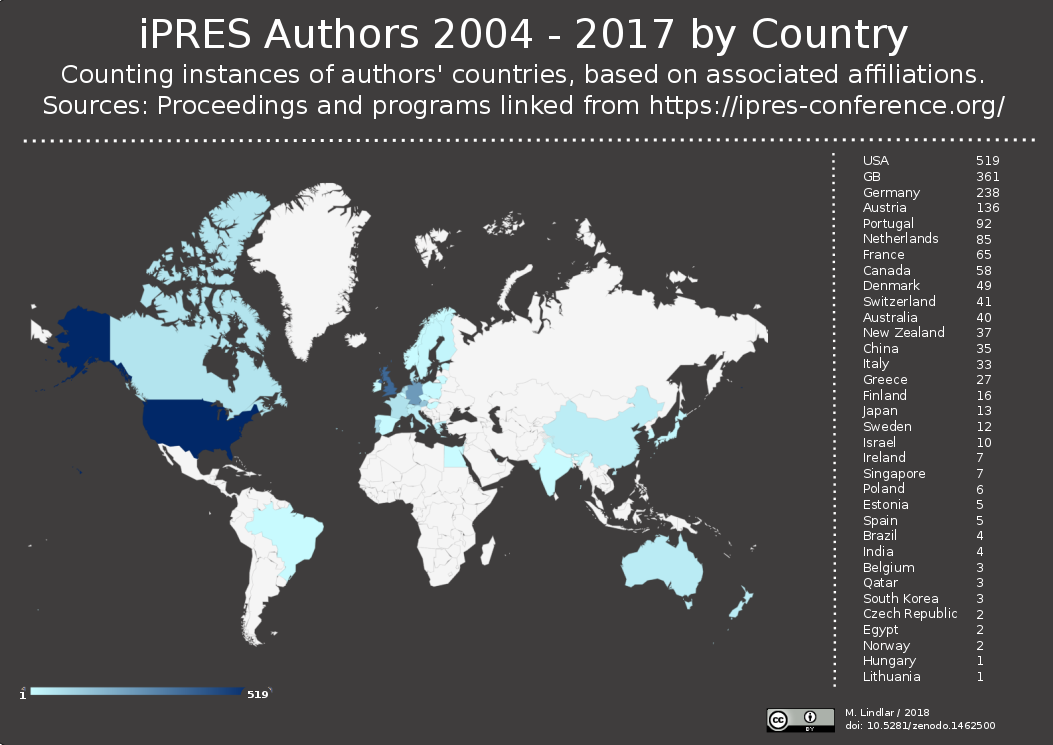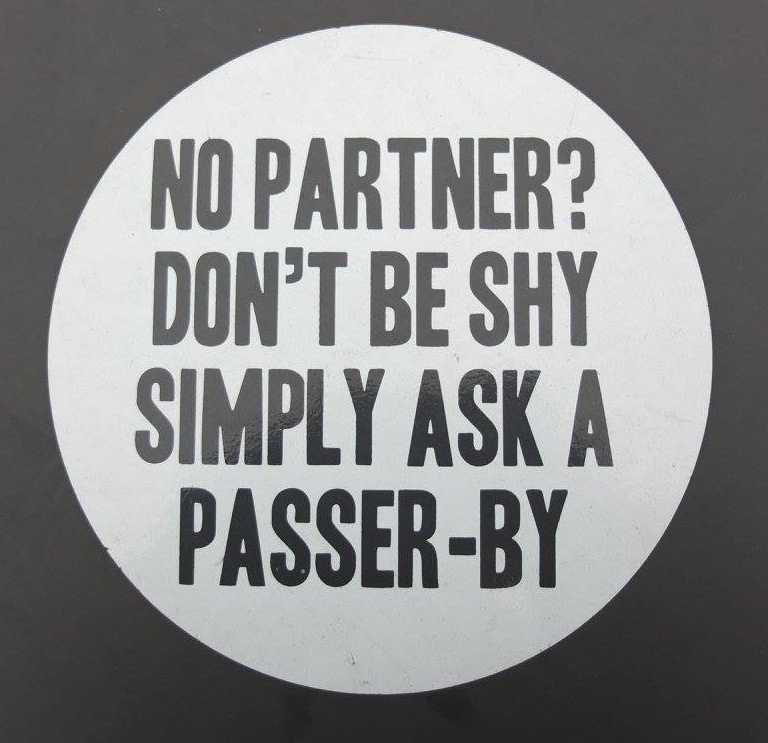Michelle Lindlar is Digital Preservation Team Leader at Technische Informationsbibliothek (TIB) in Germany
It seems that most of us are well into the commitment stage of our relationship with digital preservation – it’s no longer a task tucked away in exclusive projects which only few institutions can participate in, but has growing acceptance as an institution’s core function. Or, to put it in the words of William Kilbride himself in reflecting on last year’s WDPD: “we have learned that it’s not about delaying the digital dark age: it’s about coming good on the digital promise”.
But are we really that far along? At times I feel like my relationship with digital preservation is at some sort of “honey, we need to talk” stage. As such, I need to start with the warning that this is an opinion piece, not endorsed by anyone other than myself (and even that depends on the mood of the day). Hey, digital preservation … let’s be honest and check where we’re at.
So, what exactly is “our digital promise” that we want to come good on? To keep stuff – forever? Till the kids leave the house? Till death do us part? At all cost? At reasonable cost? Yeah, I know, it’s all in our policies for whom, why and how we are preserving stuff – but we all base our processes on state-of-the art and best effort. There is no “ultimate recipe”. At ipres2018, there was a small discussion about refrying vs. restructuring to fix PDF problems – while it was taken out of context during the session, it should hit a sore point for many institutions who embrace refrying as part of their normalization routines, e.g., when migrating PDF of various profiles to, e.g., a PDF/A-1b, often unaware of the risks associated with such a process.
We should never tire of cross-checking whether our effort is best effort and whether best effort is good enough – and not just by talking amongst ourselves, but especially to other communities. Even in the best of relationships, competition stimulates business. Two good examples of implementing processes to check in on what we’re doing are the installment of the Head of Standards & Good Practice position at dpc and the Preservation Action Registries project which Artefactual, Arkivum, Preservica, and the Open Preservation Foundation are involved in. We need more of that and we need to include other domains in these efforts!
On an institutional level, however, it seems that many who set up earnest digital preservation endeavors still fail to understand that for the reasons mentioned above, networking is an essential part of digital preservation practice. It’s not that your staff loves all those working group sessions, webinars and conference attendance … it’s a necessary part of what our work is about.
But let’s be honest, digital preservation, the blame is not just on the institutions – we also need to think about how we can include more voices in our events and networking efforts. I recently created a map of ipres’ authors 2004 – 2017 and it appears to be an affair dominated by a few countries. The 15-year panel at ipres2018 took some time to reflect on why this may be and what we could do to counteract. Anyone interested in how we can get more out of conferences and hasn’t read it already, needs to go and digest Ashley Blewer’s blog about NTTW3 and making conferences more accessible right now. And then tell her you’re in, right after reading it.

And speaking of conferences … you know that the kids have started to play OAIS bingo at events? Let’s be honest – in our relationship OAIS is like the in-laws who paid for our house but now stop by far too often and always want the last word in every tiny decision. I’m not suggesting that we abandon them – but critical distance and reflection is certainly in order, especially since we’re not going to change them that easily. (And that’s not haste judgement … others have called OAIS “significantly obsolete by developments in digital content and the technology for preserving it” years ago).
But what about the kids, you may ask. Are they alright? Let’s look at “Digital Preservation of Research Data”, which the Gartner Hype Cycle for Education pushed from the peak of inflated expectations in 2011 through climbing the slope of enlightenment towards the plateau of productivity in 2016 . According to this, we should have a strong foothold on the plateau right now – and “research data” & “digital preservation” should go together like SIP and AIP. Does it though? Color me overly-critical, but it floors me that the majority of the audiences at events like RDA General Assembly or IDCC is not aware of processes like file format identification. I think we have some family-building to do in moving research data (management) – which has excellent strengths in data curation – and digital preservation closer together. A solid family-tree of how digital preservation, research data management, open science, information infrastructure for the sciences and other funding-winning terminology actually relates to each other in real life would be helpful, too.
Let’s be honest … William was right: we’re not facing a dark age anymore, but this commitment stage we’re in requires constant reflection and adjustments to allow us to come good on the digital promise. Maybe WDPD is a good anniversary day to sit down and reflect. And maybe, in the meantime, we should start seeing other people on the side to get new ideas while keeping true on our promise.

